After nearly seven months of bitter fighting, the Japanese called it quits on Guadalcanal. Under cover of darkness during three nights in February 1943, slightly more than one-third of the 36,000 Japanese troops who had fought on this strategically important island in the Solomons chain were evacuated. They were fatigued, sick, and most of all, beaten. Japanese land forces had been in combat off and on for 11 years when they took a virtually undefended Guadalcanal and
began to build an airfield. They had fought on the Asian continent and ravaged their Chinese adversaries. They had humiliated Great Britain, capturing thousands of the Commonwealth’s soldiers at Singapore. They had forced the capitulation of American troops at Bataan and Corregidor, sweeping to victory in the Philippines.
In the South Pacific, the outlook was much the same in the early months of WWII. Parts of New Guinea, the Solomons, and other important island locales were in Japanese hands. The threat to Australia was apparent.
The reason that Guadalcanal was so important was relatively simple. The harbor of neighboring Tulagi Island could be used as a base for Japanese naval forces. An operational airfield on Guadalcanal would place numerous American installations within range of attack. The combination of these might actually sever the supply lines between the United States and the South Pacific. Such a turn of events would compel American forces to retire to the east and leave Australia virtually open to invasion.
The stand by Colonel Merritt A. Edson’s Marines and Paratroopers at Bloody Ridge sent a message to the Japanese. The line had been drawn. This was the turning point. The Americans had surprised the overconfident Japanese with their landings on Guadalcanal, captured the unfinished airstrip, then completed it and renamed it Henderson Field. Now, though they were to pay a high price, they would not let go of it.
Edson’s men lost 40 killed and 103 wounded, 20 percent of their complement, but the enemy force of more than 2,000 was cut to pieces. The ferocity of Edson’s defense was a harbinger of desperate months of combat yet to come. In addition to the continued fighting on the island, naval battles swirled around it, both sides taking horrendous losses in men and ships. Perhaps the Japanese could have accomplished their goals in the South Pacific by other means. Instead, they chose to reinforce Guadalcanal throughout the campaign, losing thousands of soldiers and tons of materiel in the process.
When the last Japanese soldiers had left this tropical hell, a document was discovered that placed the savage battle for Guadalcanal in context. It read, “It must be said that success or failure in recapturing Guadalcanal, and the results of the final naval battle related to it, is the fork in the road that leads to victory for them or for us.”
As for the American point of view, famed naval historian Samuel Eliot Morison probably illustrated it best. He noted that a sign raised at the fleet landing on recaptured Tulagi read, “KILL JAPS, KILL JAPS, KILL MORE JAPS!” It was painted with letters that were two feet high.
“This may shock you, reader; but it is exactly how we felt,” Morison continued. “We were fighting no civilized, knightly war. We cheered when the Japs were dying. We were back to primitive days of Indian fighting on the American frontier; no holds barred and no quarter. The Japs wanted it that way, thought they could thus terrify an ‘effete democracy’; and that is what they got, with all the additional horrors of war that modern science can produce.”
Although Morison wrote these words more than half a century ago, they ring with a special truth for those of us living in the days of the war on terror. The lessons of the past and the resolution of the Americans who fought for Guadalcanal are well worth remembering. n
Michael E. Haskew
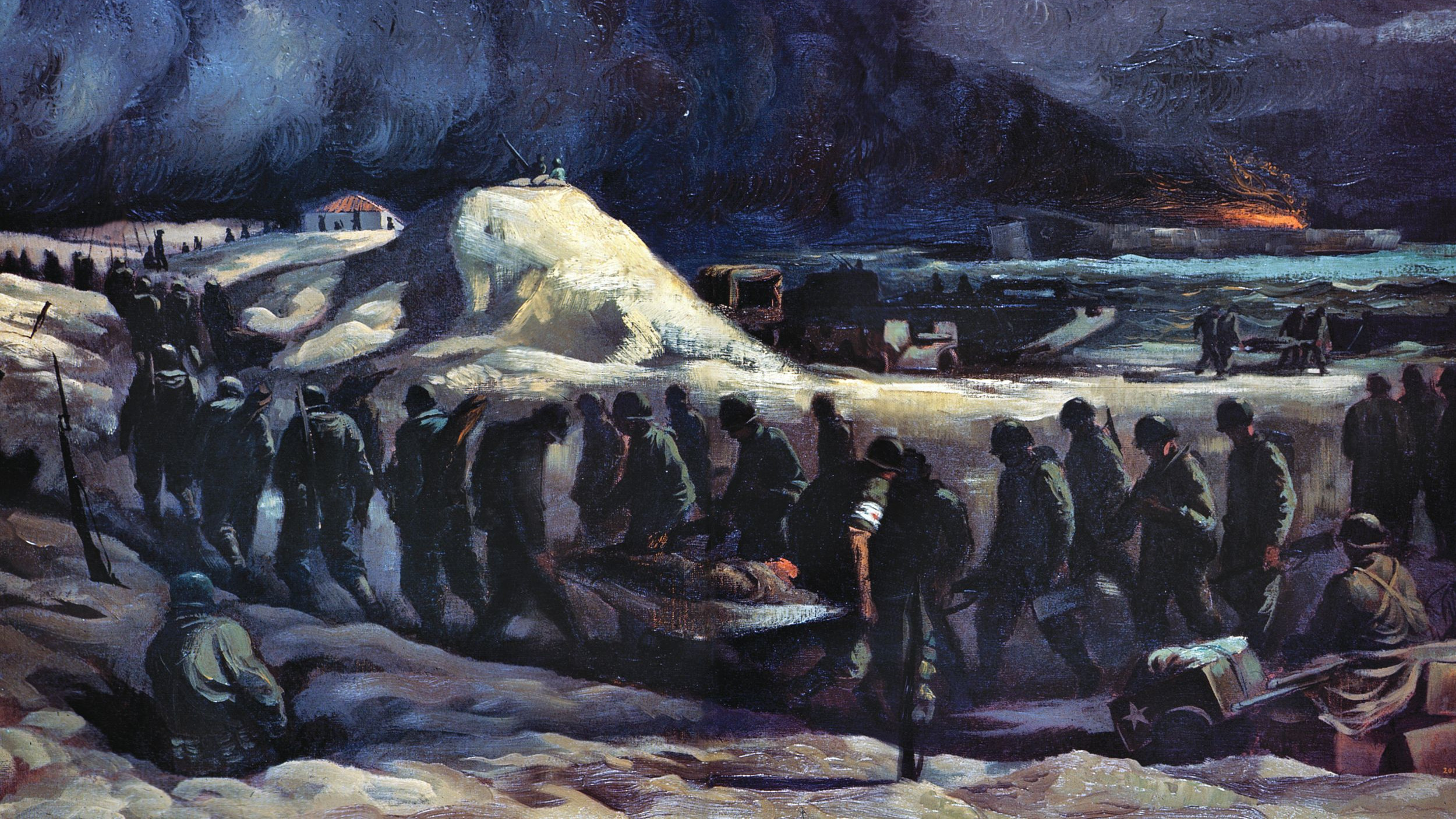
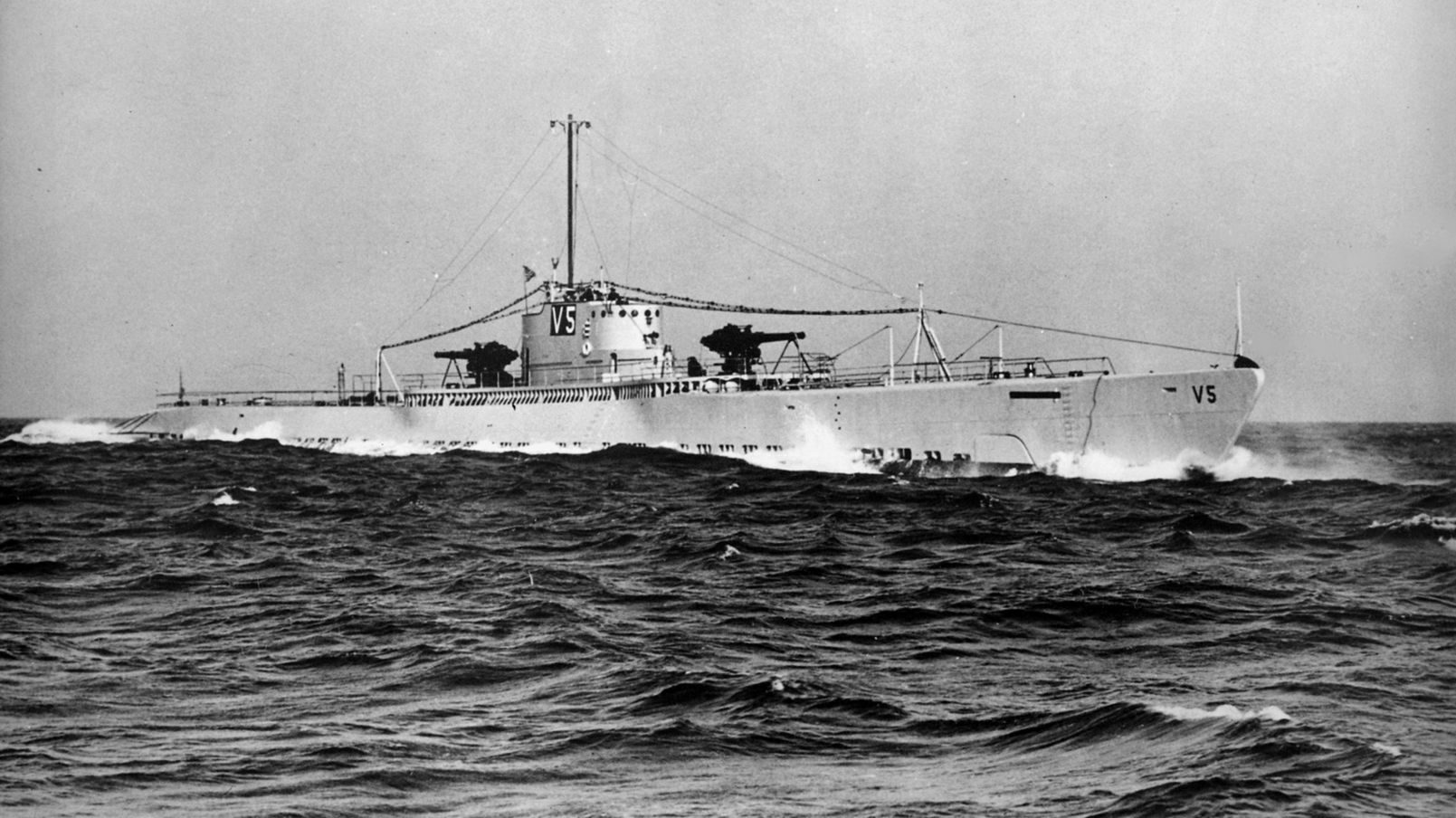
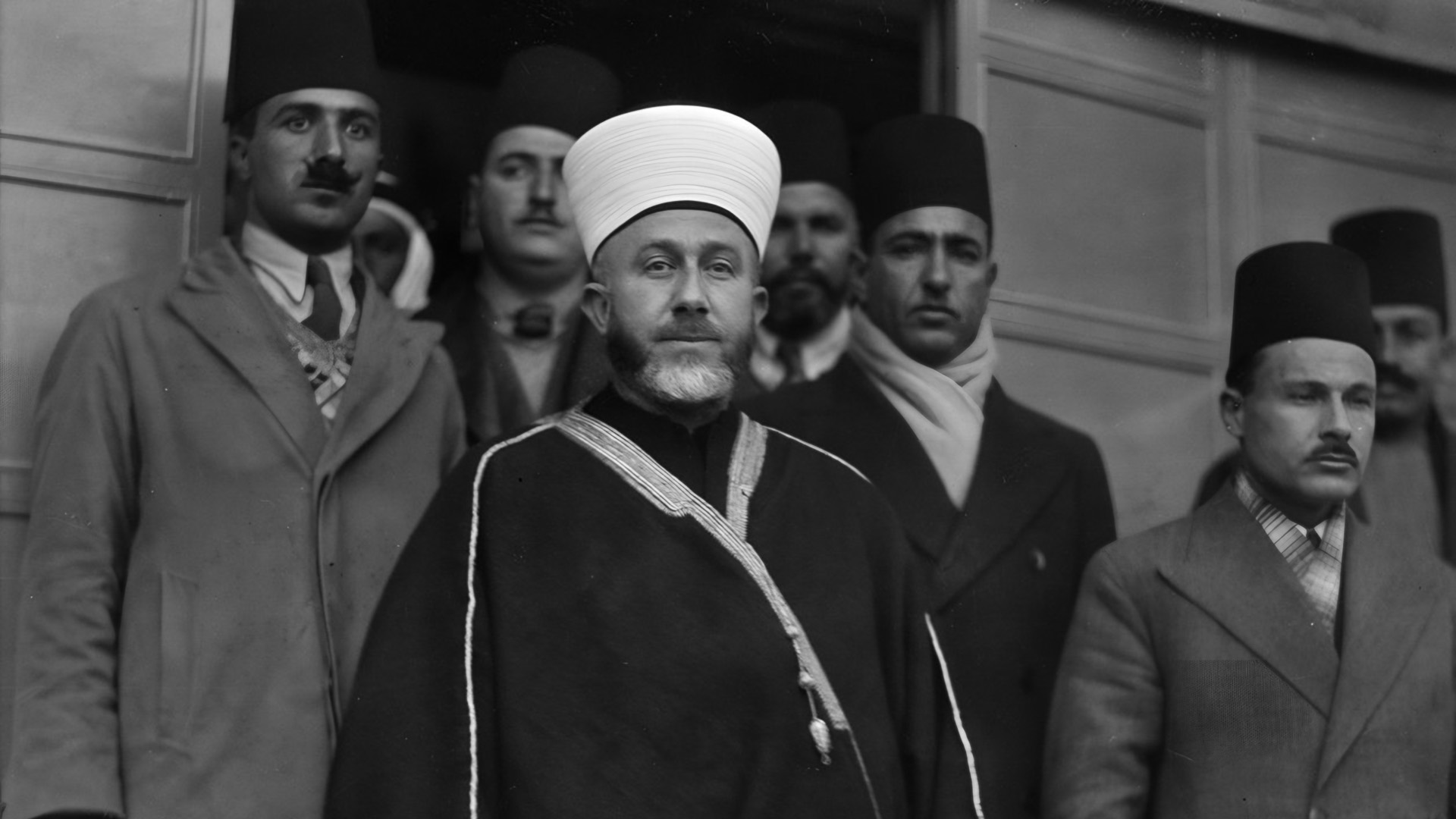
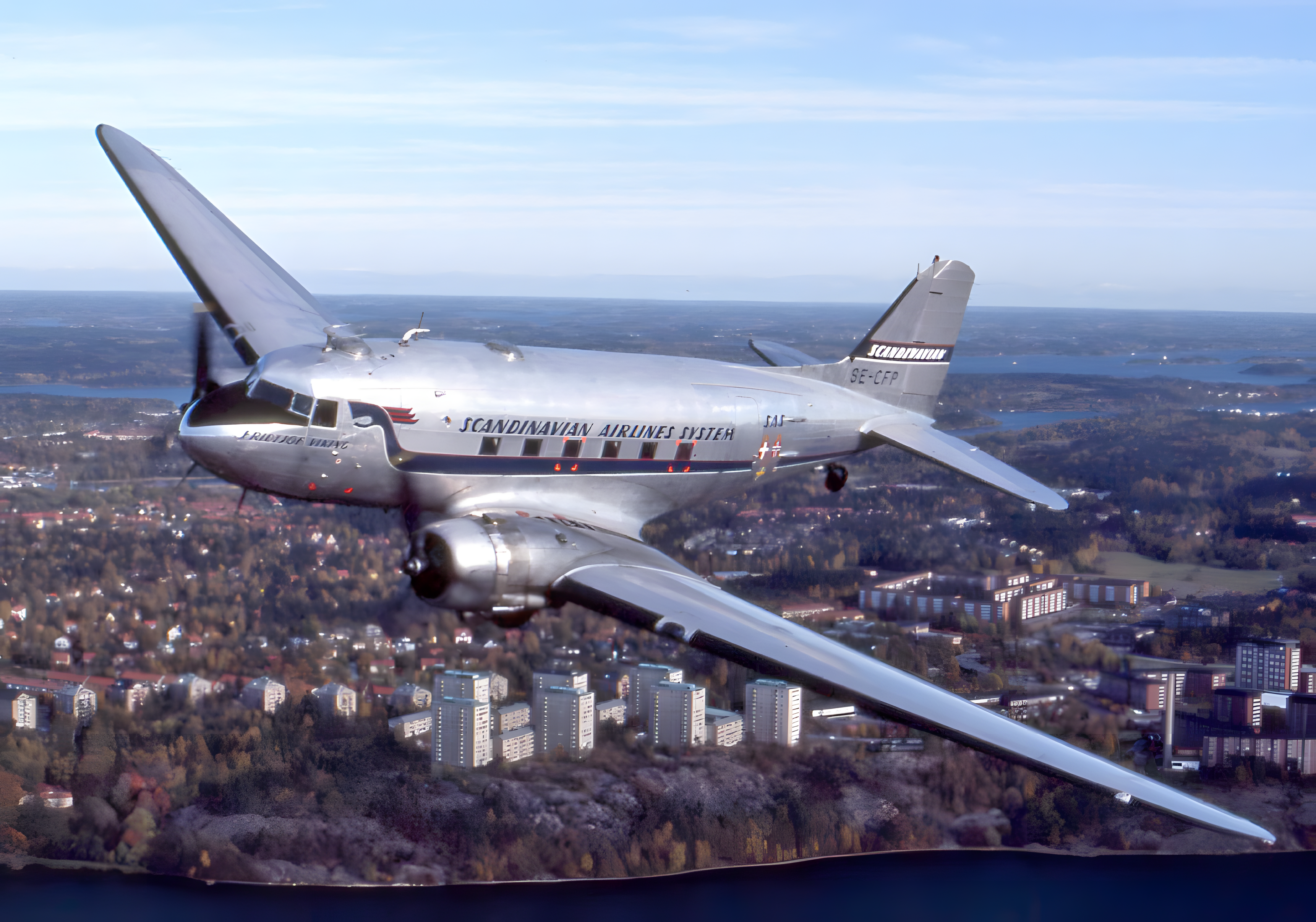
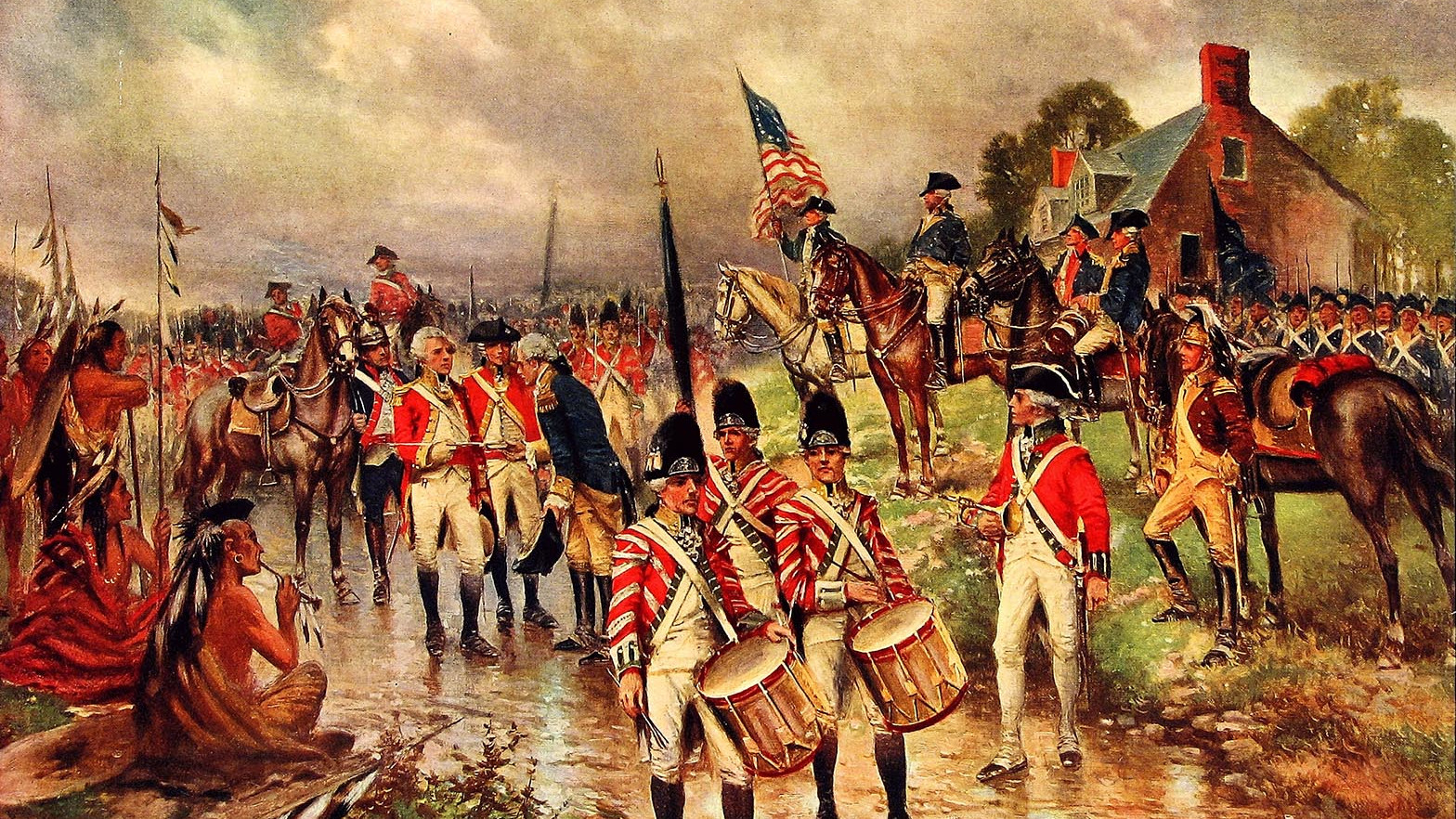
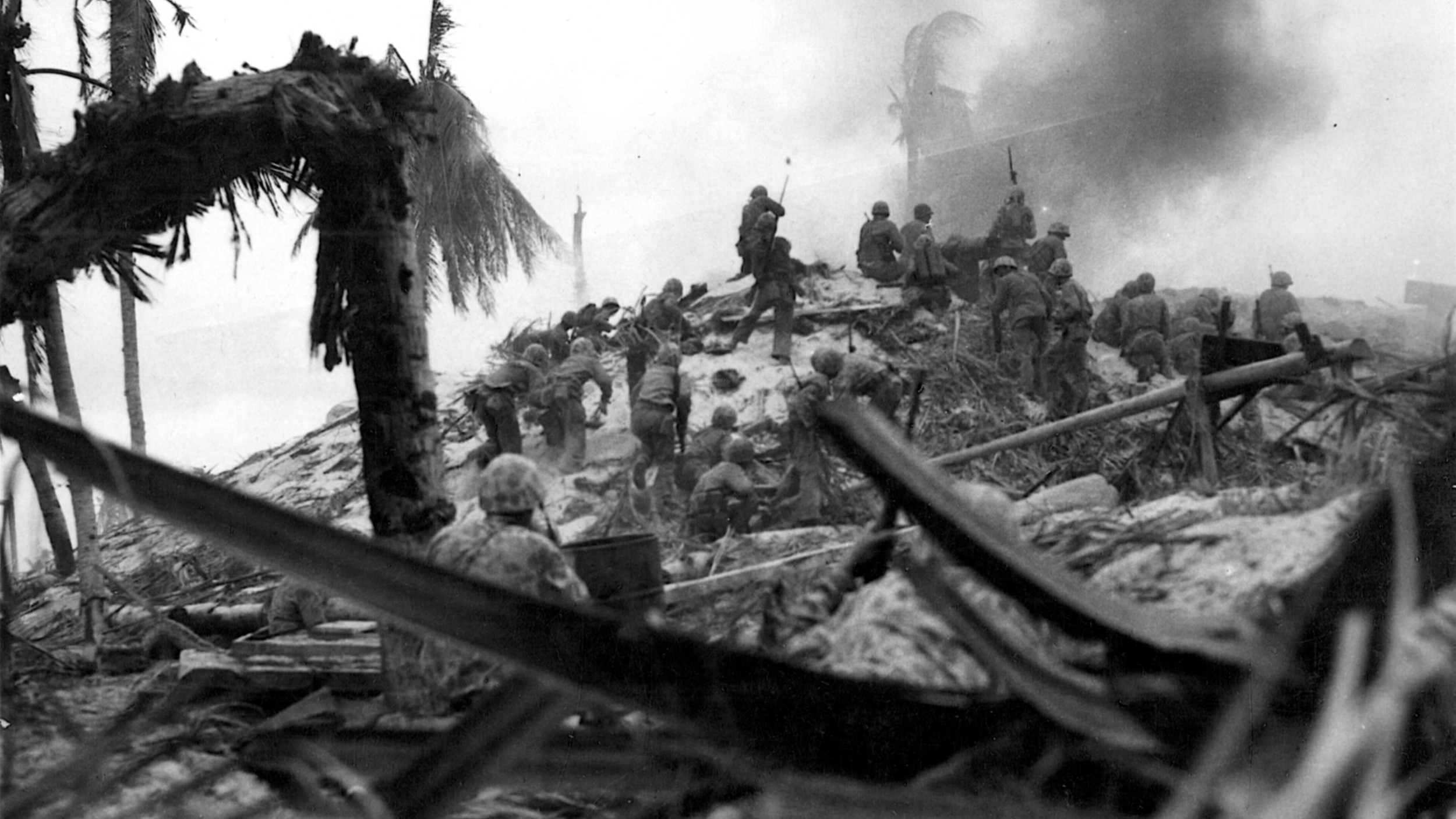
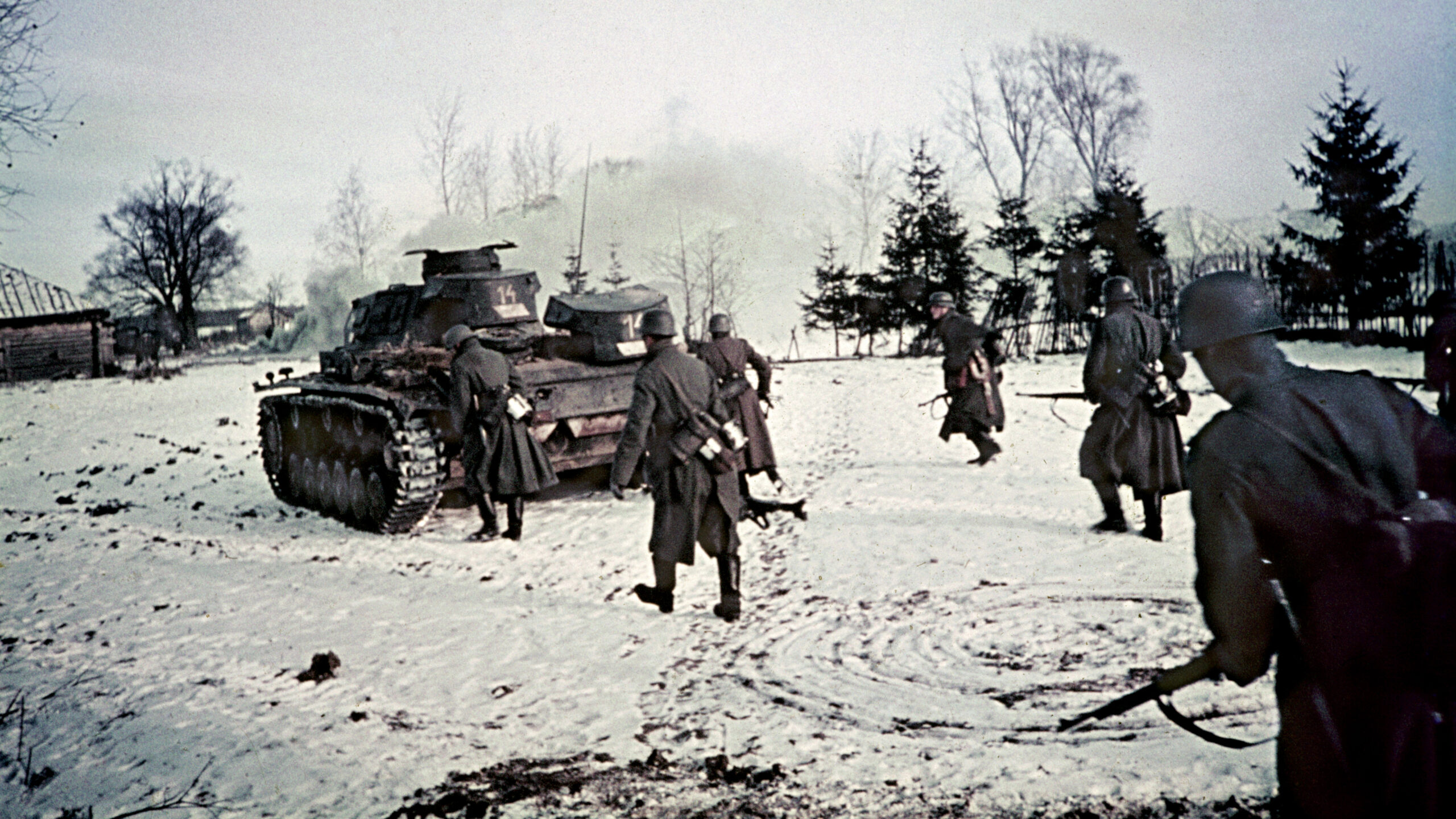
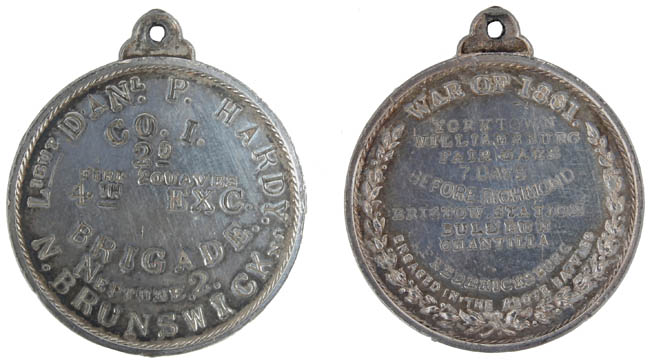
Join The Conversation
Comments
View All Comments